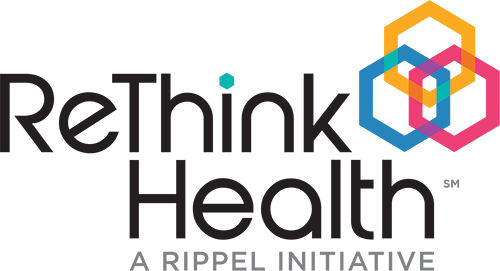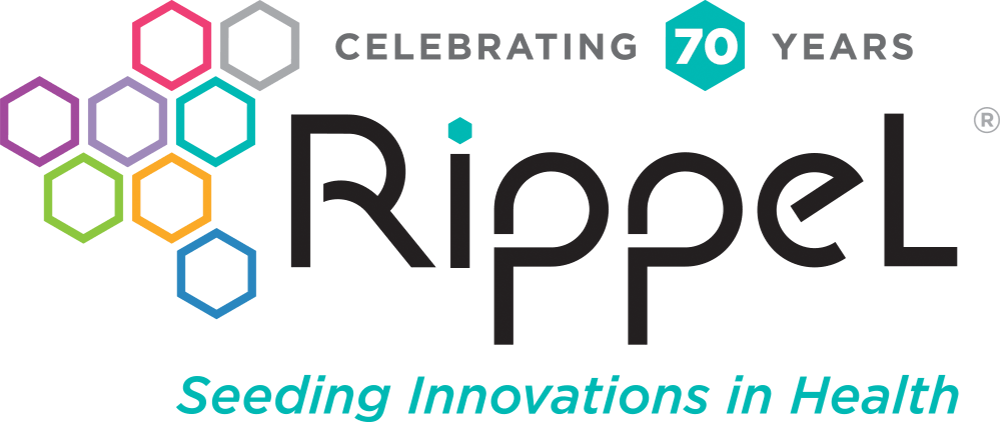The Stew BLOG
In Philanthropy, Let’s Bring Back the Boldness that Saved My Life
This post is Part 1 of 3
About five months ago, on November 12th to be exact, I decided to go for a walk alone in the woods with my two Australian Shepherds. It was such a beautiful crisp fall day that I couldn’t resist an off-trail adventure through a remote part of our county park system. Around 45 minutes into the walk, I took a fateful step. I looked down and was surprised to see that I had totally dislocated my foot. In fact, it was a trimalleolar fracture with ligament damage, for those of you who understand these things. As my doctor said, “…not your normal ankle fracture.” The reality is: were it not for my cell phone and the Robert Wood Johnson Foundation (RWJF), I likely would never have been found in those remote woods–at least not in time.
Long before cell phone technology, in 1972, RWJF made a decision that fundamentally changed our nation’s emergency medical response system–and literally saved my life. The impetus? The National Academy of Sciences had just released a report that highlighted the 1.5 million people in the U.S. who were involved in accidents every year. Of these, 115,000 people died. Yet an eye-opening 90,000 (78%) of those fatalities could have been prevented with better emergency treatment. President Nixon highlighted the need to “develop new ways of organizing emergency medical services” in his State of the Union address. And RWJF, which opened for operations in 1972 with a $1 billion endowment, made it a top priority to address this issue.
It was a bold move and an enormous commitment. Through a $15 million grant program ($86 million in today’s dollars), representing 30% of its required 5% distribution, RWJF dedicated itself to working with 44 organizations in 32 states to build out a local response network. The strategy was to invest in radios, training, cross-agency coordination, and a central phone number: 9-1-1. And it worked. While not perfect, as I can attest to, the system, available to only 11% of the population in 1972, now reaches almost 99% of the population. More than 240 million 9-1-1 calls are made each year.
Philanthropy has had other significant impacts on our health system. The Carnegie and Rockefeller Foundations’ investment in the publication of the Flexner Report in 1910, and its subsequent implementation, is a profound example. In the report, Abraham Flexner framed the elements of what would become our modern system of medical education. Holding up places like Johns Hopkins as models, the report called for higher admission and graduation standards, a focus on the scientific method, American Medical Association oversight and state regulation, reduction in the number of medical schools, the training of fewer doctors, and more.
Flexner succeeded in creating a single model of medical education that largely remains intact to this day. It’s not perfect–in fact it is controversial because of its disproportionate impact on medical education and opportunities for women, minorities, and “alternative providers” like osteopaths, chiropractors, and homeopaths who did not meet “modern” standards of the times. In the end, however, there’s no denying that by naming the advancement of knowledge as the central goal, the Carnegie and Rockefeller Foundations profoundly shifted medical education and medical practice.
The role that the Robert Wood Johnson, Carnegie, and Rockefeller Foundations have played in shaping our health system is noteworthy. Their goals were clear, their investments were focused and significant, and their impact was real. Yet as we look at the last 50 years of policy, proposals, and philanthropy, there are very few similar examples we can point to of true systemic change. Certainly scientific, technological, and public health breakthroughs have extended life in the U.S. and across the globe, yet the American health system remains unsustainable. By that I mean costs continue to soar, population health pales compared to other developed countries, and huge disparities abound.
After many billions of dollars of investment, pilot programs, and policies, we are still left to resolve the issues at the core of our health challenges. Foundations are running multiple experiments that work at the edges of transformation, but few dare to disrupt the status quo and the prevailing market structures. When I’m out in the field, most leaders seem sure that the answers do not lie in the ACA or any potential replacement. So, why not boldly lead new and better paths forward?
Of all our institutions, foundations are among those best positioned to ask the truly difficult and increasingly critical questions that will bring new ideas forward. Bound only by charters and a commitment to the public good, foundations can frame a fundamentally new and different action agenda for the future of health and health care in America.
To do this well, philanthropic organizations will need to think differently, act differently, invest differently, and be open to ideas that have not yet been considered. We need to surface the ideas that are transformative, transgressive, and realistic. It’s not enough to just tinker around with theories worthy only of pilot programs. Instead, we need to tenaciously identify and advance the most realizable and adaptable solutions that will change the way our systems work, for the better.
This will require assuming risks, expanding our networks beyond the usual voices, leveraging emerging technologies, making difficult choices, and taking on the many conditions inhibiting progress toward population health.
At the Rippel Foundation, we are pushing ourselves to challenge the status quo. We are investing in systems change–finding the levers that will inspire people to embrace the creative approaches and partnerships we ought to develop if we’re seriously interested in bringing about lasting benefits for us all. The Rippel Foundation is certain that this is how our vision will best be accomplished, and we are learning more every day about how to design the processes, lessons, and tools that will realize our goals. I’m looking forward to sharing more about these commitments over the next two Mondays, here on the ReThinkers’ Blog.
In the meantime, I pose these questions: how do we support the bold and courageous philanthropic leadership that saved my life and the lives of so many others? What will it take to set clear goals, and commit to the significant and focused actions that are needed to transform health?
Read Part 2 and Part 3 of this blog series.

